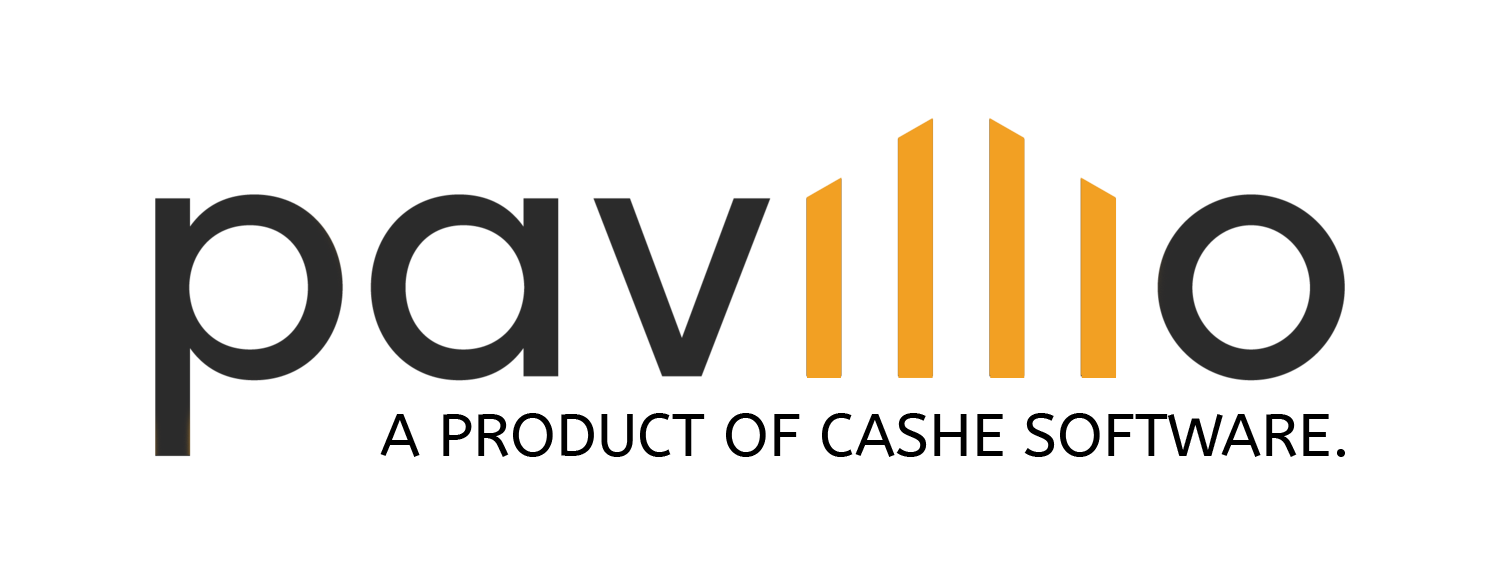
What is Supported Decision Making?
Think about a time when you’ve used some sort of support to help you make a decision. Maybe it was a health decision. Did you consult a doctor or a trusted family member to help you navigate your decision? This is an example of informal supported decision making.
When someone with a disability has difficulty making certain decisions independently, people may assume they need guardianship. This is not always the case.
This is where Supported Decision-Making (SDM) comes in, not only as an alternative to guardianship, but also a means to increase individual self-determination. SDM is a way for people with disabilities to use available supports to make their own choices and lead their own life.
The importance of SDM in increasing individual self-determination.
So, what exactly is self-determination? To put it simply, it’s choice. It’s being able to have control and say in your life; the freedom to live how you choose.
It’s been proven time and time again (for decades) that people with self-determination are healthier, more independent, more well-adjusted, and better able to recognize and resist abuse.
On the other hand, when denied self-determination, people feel helpless, hopeless, and self-critical. They often experience low self-esteem, passivity, and feelings of inadequacy and incompetency.
Supported Decision-Making is how we help empower and enable self-determination.
How does Supported Decision-Making work?
In SDM, the individual with a disability chooses one or multiple people who are their “supporters” that help the individual make decisions, with the individual making the final decision.
This relationship between the individual and their supporters can be documented in a Supported Decision-Making Agreement.
This agreement includes information that will set expectations between the individual and their supports. An example of this information would be areas of help desired, who the supporters are, and how the individual wants their help given.
The supporters can sign this agreement, which is typically then notarized. SDM agreements are flexible and can be changed by the individual as they navigate their support.
Anyone who is not legally incapacitated can use Supported Decision-Making. It’s all about empowering individuals with disabilities to take charge of their life and live their life their way.
For more information on Supported Decision-Making, visit supporteddecisionmaking.org. For more information about disability care and empowerment follow our blog at pavillio.com/blog.
